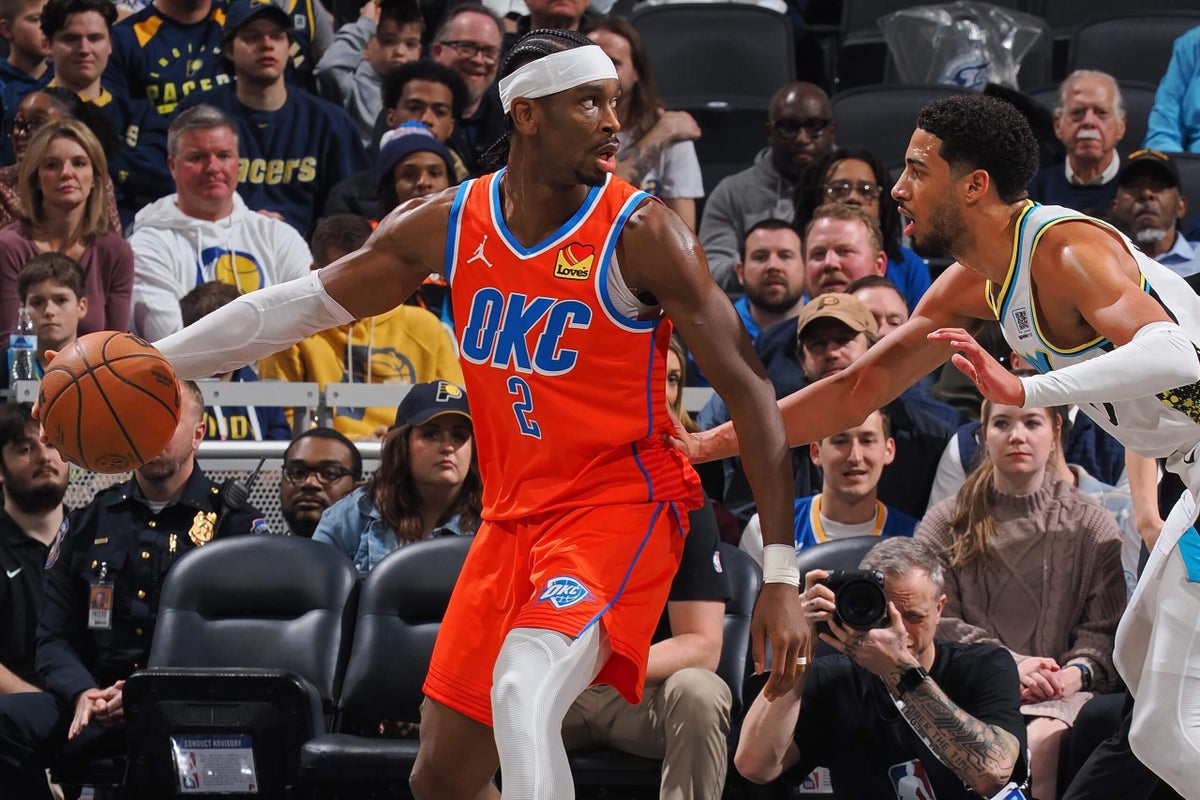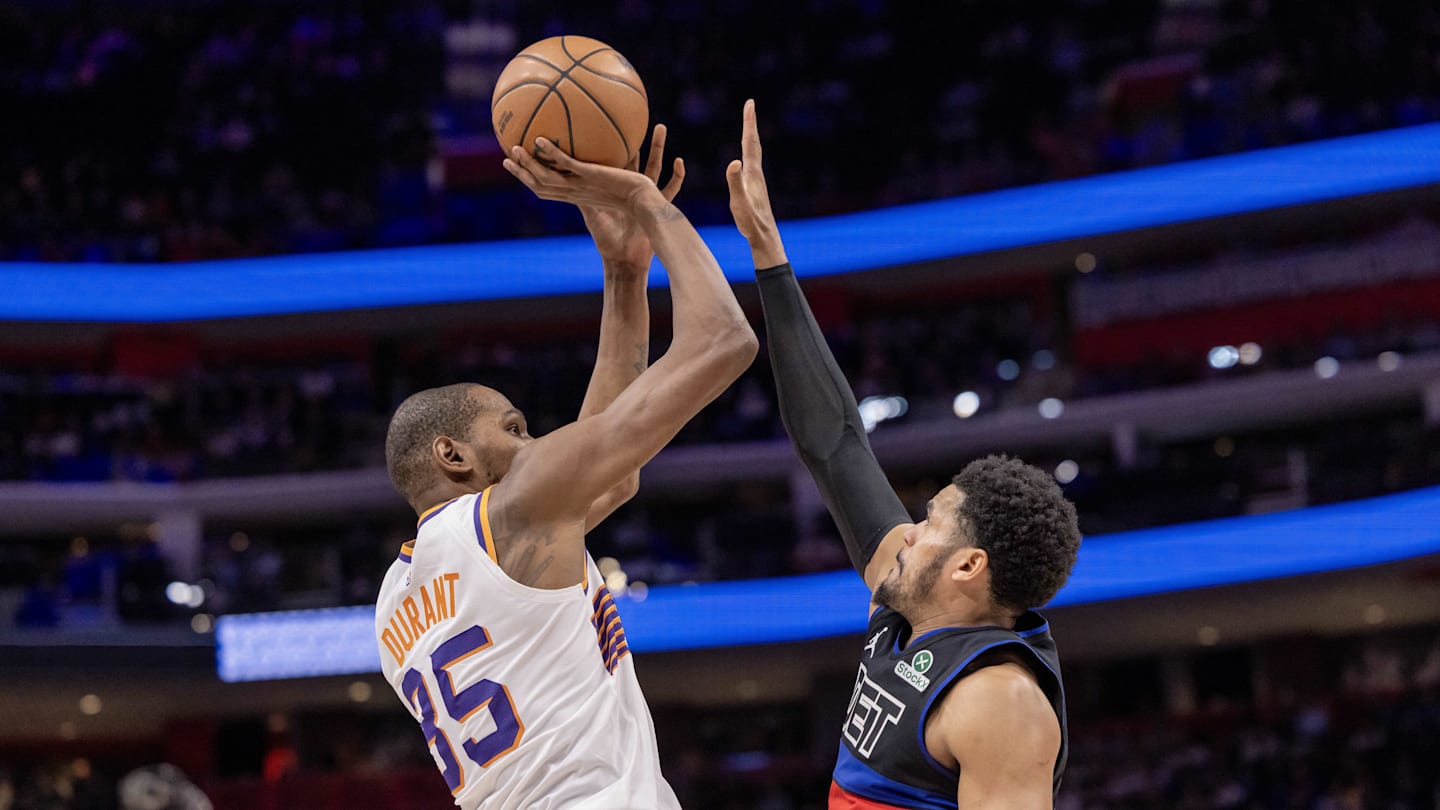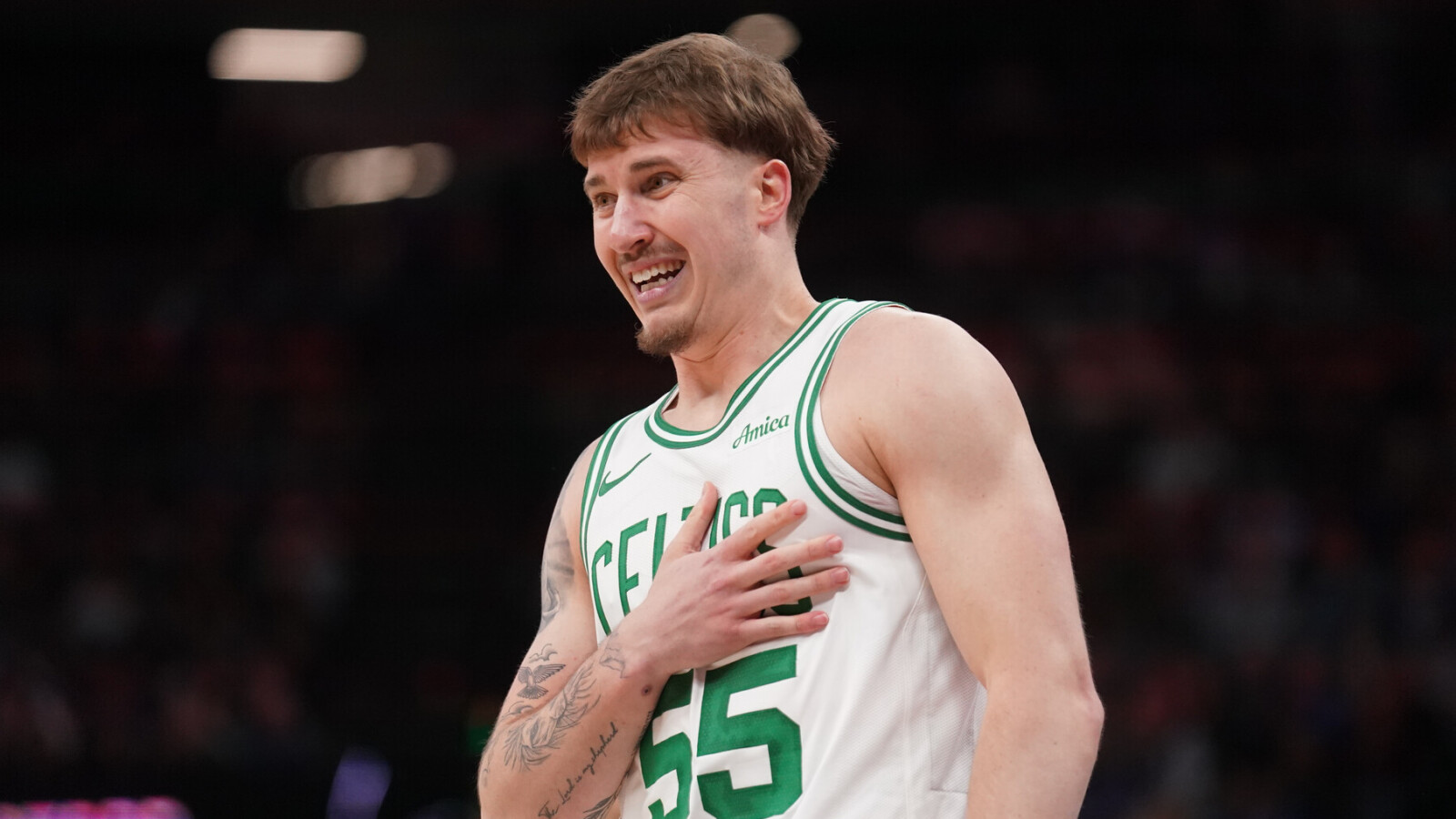
NEW YORK — As the Indiana Pacers celebrated on their home court Saturday night, having pushed their way into the NBA Finals, the conventional wisdom was that a collective groan went out at the league’s Manhattan headquarters at the very same time.
The Pacers’ win meant that two small-market teams — Indianapolis is the 25th-largest media market in the country and Oklahoma City is No. 47 — would now face each other in the league’s marquee event. Here came Tyrese Haliburton, Pascal Siakam, Shai Gilgeous-Alexander and Jalen Williams as the four horsemen of the ratings apocalypse.
Advertisement
But what if those concerns (or concern-trolling) aren’t right? Or not precise enough, at least.
There are a lot of different parts of the league’s business that will determine if the NBA will take a financial hit with this finals matchup, and television ratings are a part of that. Merchandise sales, ticket revenue and sponsorships are among others. While the NBA would have benefited from a finals matchup including the New York Knicks or Los Angeles Lakers, for example, the drop in revenue it will experience in having two of its smallest-market teams on its biggest stage is likely smaller than perceived.
“There’s really no direct impact between ratings and financial success, certainly in the near term,” a former senior NBA executive said. “If you have bad ratings for the next decade then that limits your TV rights. But I don’t think anyone in the NBA is worried about that right now because the revenues for TV are guaranteed.”
The NBA will undoubtedly take in less money in merchandise sales with the Pacers and Thunder than it would if the Knicks had advanced from the Eastern Conference finals or if a hamstring strain hadn’t felled Stephen Curry and the Warriors before they could make another long playoff run. The Thunder fan base, while loud and mighty, is also smaller than many of its peers. The state of Oklahoma has about four million people, or less than half of New York City.
The revenue from ticket sales is likely to be less than if those games were held elsewhere. Average seat prices at Madison Square Garden dwarf those at almost any other venue. The cheapest ticket for Game 5 of the Western Conference finals in Oklahoma City — $172 — was the most expensive ticket in the franchise’s history, according to TickPick, and it cost less than half of the least expensive seat at MSG for Game 5 of the Eastern Conference finals.
Advertisement
One league source estimated that the Knicks might pull in some $10 million in gate for a conference finals game. While the exact split of that revenue isn’t known, a portion of it is shared with the league and the players’ union as basketball-related income.
While those numbers can and do fluctuate based on which teams and cities make the finals, the TV ratings, which get an outsized share of public attention, may actually matter least in determining if the NBA does or doesn’t do well this month.
Where the ratings land ultimately has no impact on the NBA’s short-term bottom line, according to those who work in the NBA and TV industries. The league signed its current television deal in 2014 and what it receives this season is a fixed payment. What it receives next season, no matter how many people watch Pacers-Thunder, is already settled. The league signed its upcoming 11-year media rights deals with NBC, ESPN and Amazon, for a total of $75 billion, last summer.
Those won’t change if the finals underperform, and media companies price in a few down years of ratings for the finals when they sign long-term contracts.
“The NBA is not on the hook for anything,” one longtime TV executive said. “This is the network’s problem. Does everyone want a Knicks-Lakers final? Sure.”
There is little doubt that expectations are not high for the ratings for this series, which will air on ABC. Last year’s finals averaged 11.3 million viewers per game, which was the lowest since 2007, excluding the COVID-19-impacted seasons, according to Sports Media Watch. Average ratings for the NBA Finals have been on a steady decline over the last decade, which has coincided with cord-cutting and fewer homes with cable TV. In 2018, the last of the Cavaliers-Warriors finals was seen by an average of 17.6 million viewers; the 2022 Celtics-Warriors finals averaged 12.4 million.
Advertisement
This year’s teams likely won’t help buck the trend. Oklahoma City is the third-smallest media market in the league, ahead of just Memphis and New Orleans. The Pacers play in the NBA’s ninth-smallest media market.
The NBA has experienced strong ratings this postseason, no doubt buoyed by a deep playoff run by the Knicks. Game 3 of the Knicks-Pacers series was the most watched Eastern Conference finals Game 3 since 2015, according to Sports Media Watch, and that series has provided three of the four largest audiences this spring.
There has not been a finals comparable to this one, where both teams were located in cities that were not among the 20 largest media markets in the country. When the Thunder last made it to the finals, Oklahoma City was the 41st-largest media market but Miami was 16th. The San Antonio Spurs have consistently ranked in the mid-30s for media market size, but also played teams from much larger markets. Finals with the Spurs or Thunder, the two smallest markets to make the championship round, have dipped in average viewership compared to the finals the years before and after they played.
One variable that may also have an important influence on the ratings — perhaps even more so, according to the former NBA executive — is the star power. Finals ratings did not suffer when LeBron James was involved, no matter which mid-sized market he played in, Miami or Cleveland. After years of finals with James and Curry, the league has seen newer, younger stars play for a title. Those players, while well-known to NBA die-hards, weren’t as well-known by casual fans at the time.
In this way, the league is hoping that it can trade short-term pain for a longer-term upside. While finals ratings have suffered in recent years when newer stars like Giannis Antetokounmpo and Nikola Jokić won championships, the league saw a benefit afterward. Nationally televised Milwaukee Bucks games saw a 21 percent increase in viewership from the previous season the year after they won the title. Denver Nuggets games had a 32 percent increase in the season after the team won its 2023 title.
The NBA hopes this series can make Shai Gilgeous-Alexander, the 2024-2025 league MVP, and Tyrese Haliburton into household names.
There is one thing that both the NBA and Disney, which owns ABC, can agree on: a longer series benefits everyone. That’s where the teams, league and networks make money.
Advertisement
Every incremental game will make each team, plus the league and players, through their revenue-sharing plan, more money. ABC stands to make even more.
Networks sell the ads that air during the playoffs months ahead of time. They estimate the cost of those ads, based on projected ratings. If the ratings for the finals are lower than expected, they will offer make-good commercial time to advertisers.
But networks usually only sell ads ahead of time for the first four to five games of a seven-game series, the television executive said. “If you get a Game 7 all the money goes right to the bottom line,” the executive said.
The first round is pivotal for the networks because they have the most available games. So are the second-round series. If the finals go long, ABC is sure to benefit: The longer a series, the more viewers tune in. Average viewership for a Thunder-Pacers series could fall by 10 percent compared to last year if it goes just four games, according to one person with knowledge of viewership estimates.
If a finals goes more than four games, the last game is consistently the most-viewed game of that series. A seventh game can double the viewership of the opening game, as it did for Celtics-Lakers in 2010. Game 7 of Cavaliers-Warriors in 2016 drew 12 million more viewers than Game 1.
This month, the only ones rooting for a sweep will be the fans.
(Photo of Tyrese Haliburton defending Shai Gilgeous-Alexander: Ron Hoskins / NBAE via Getty Images)



